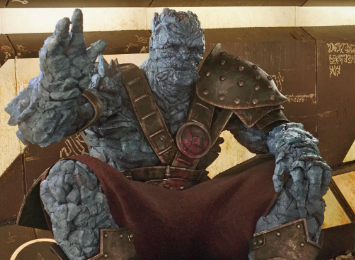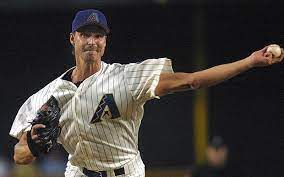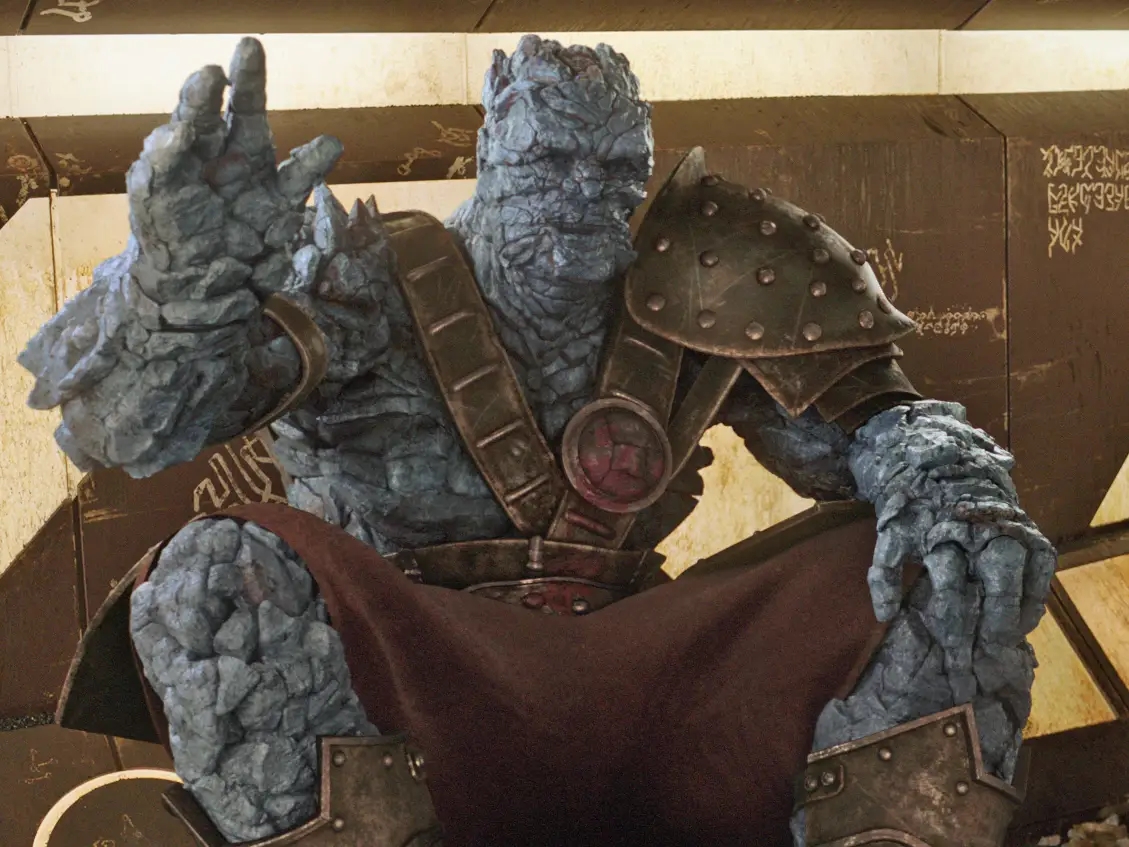How To Evaluate Pitching Mechanics

- Don’t Cookie Cut!
Think of the best pitchers to ever toe the rubber. Pedro Martinez. Sandy Koufax. Greg Maddux. Randy Johnson. Mariano Rivera. Walter Johnson. Nolan Ryan. Clayton Kershaw. Roger Clemens. Bob Gibson. Tom Seaver. Justin Verlander.


They all were very different in how they moved. It’s crucial to start here.
When I work with a pitcher, I’m trying to help them find their optimal delivery, arm slot, and repertoire. I don’t want to put them in a box.
2. Establish A Technical Model
With that said, there is a technical model. Study the best of the best, but look for commonalities. It’s important to appreciate what makes them unique, but you need to identify and establish what they do that is similar.
There are common denominators of positions, movement schemes, and vectors.
Define your parameters and establish how broad your spectrum is for each element of the delivery. Also, understand there are outliers. For 99% of the throwers you come across, encourage uniqueness in style but there are near mechanical absolutes (that exist on a spectrum) For me, I have spectrums for:
- Hand Movement Prior to Separation
- Torso Position Prior to Separation (Spinal Flexion/Extension, Degree of Trunk Counter Rotation
- Leg Lift & Hip Slide (Or Lack Thereof)
- Arm Path (Swing & Climb)
- Lead Leg Mechanics Into Footstrike
- Rear Hip Mechanics Into Foot Strike (Hip & Knee Flexion, Hip External/Internal Rotation)
- Lead Arm Mechanics Into Foot Strike
- Arm Position at Foot Strike (degree of elbow flexion, elbow height relative to shoulder & Torso Position At Foot Strike
- Lead Foot Position At Foot Strike
You get the idea… the list goes on and on with every element of the delivery post foot strike as well.
3. Perform A Thorough Assessment!
A thorough physical assessment will allow you to know if the issue(s) at hand are technical or mechanical (under the hood). I go in depth on this here: https://taylorburns.ca/2023/05/23/technique-vs-mechanics-integrating-sc-and-skill-work/
You need to gather as much as information as possible, so that you can scan broadly and apply narrowly. What are their pitch metrics? Metrics in the weight room? Injury history? History of success/failure? Remember, you’re working with the person, not the athlete.
4. Don’t Immediately Change Things.
I think this one is important, and really is just an extension of the previous point. You don’t want to start offering mechanical advice by just watching a pitcher throw. You can’t use your microscope (changing little mechanical things) without first using your telescope to see the entire picture first. I’ll say it again: in order to apply narrowly, you must first scan broadly.
5. Keep It Simple! Identify Two to Three Big Rocks.
What are the big rocks? What are the two (or three) most pressing changes we can make that will move the needle the most to help the athlete. What is causing energy leaks and aberrations? What is the error? What is causing the error? Correct diagnostics is the vital first step in order to prescribe the right program.

6. Utilize BOTH Still Frame Photos and Video. I
I like to pause the delivery in certain spots: top of leg lift, separation, foot strike, release, and the finish. I then evaluate each position individually.
However, that’s not the whole story. You can have an athlete get into good positions at some, or even all of, these checkpoints, but how they get from each spot to the next is just as important (if not more so).
7. Don’t eliminate uniqueness. This is, in essence, the same as my first point, but I want to bring things full circle. In elite throwers you want to make sure you keep their strengths strong, so only nudge their weaknesses. If you attack their weak points like you would a novice or intermediate thrower, you may very well make them worse by inadvertently taking away what makes them do what they do at a high level!
8. Don’t Fall Into The Mechanics Purgatory!
We must remember that the goal of improving the delivery is to create a movement pattern that gives the athlete the best chance to have success on the mound. We want an explosive, athletic, repeatable delivery. I see too many athletes fall into the trap of always thinking an issue is a mechanical one. It’s only one piece of the puzzle. Don’t fall into the trap of hyper-analyzing every single detail. Take care of the big rocks and the rest will fall into place
